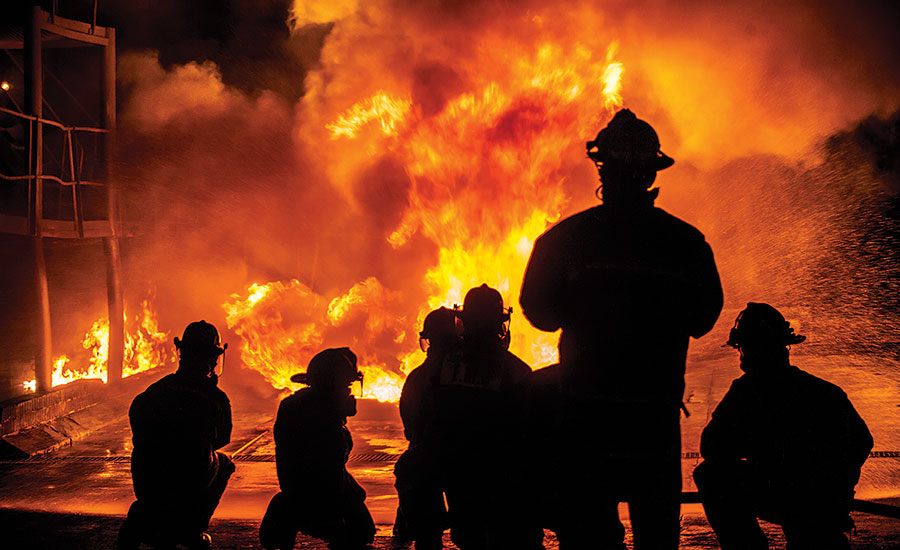Fire safety and compliance in unoccupied office buildings

Maintaining fire safety inspections and compliance is always a detailed process for any building manager, but the coronavirus pandemic has pushed many office buildings into uncharted territory. Usually, businesses are planning their protocol for building vacancies for the holiday season, but this year, buildings are continually vacant. This creates a different set of fire safety needs.
Unoccupied commercial buildings
It’s important to take steps to practice the best vacant building management, mitigate property risks, and manage the potential challenges.
Continuing with your NFPA required fire alarm and sprinkler system inspections can safely bring your building through the end of the year.
5 tips for maximizing fire safety without full capacity
1. Make winter preparations
Keep the overall building temperature above 40°F so the pipes won’t burst during the colder months. This is extremely important for sprinkler system piping. Low temperature alarms can easily be added to most fire alarm systems, as well.
2. Maintain and test the water pump
If the building water supply relies on fire pumps, ensure the power source to that pump is maintained and tested regularly per the NFPA regulations. Fire pumps should be operated monthly for electric driven pups and weekly for diesel engine pumps.
3. Secure the premises
Simply locking up properly can ensure that people who shouldn’t be on the premises will stay away. Countless accidents can be avoided if people are kept out of the building.
4. Close all fire doors
Before leaving and securing the building, ensure that all fire doors are securely locked and closed should an accident arise.
5. Monitor with system alarms
Sprinkler system waterflow alarms, automatic fire detection alarms, and valve tamper alarms should remain monitored regardless of the building’s occupancy status.
Assuming the building has adequate fire and burglary alarms, a minimum of one weekly recorded visit and security check should be conducted.
Items to check on weekly building rounds:
- Doors and windows in working condition and locked
- Secured entrances and exists, including rooftop entry
- Alarms and CCTV cameras are in service
- Lighting remains in working condition
- Gates are locked and secured
- Fire department has been notified of the vacant state of the building
Quarterly and annual fire safety inspections
Quarterly and annual inspections for building fire safety systems are still as important as ever. During a quarterly check, the inspection company will look over the system as a whole for small defects, test the functionality of all sprinkler system alarm devices, and perform a main drain test to ensure adequate water supply to the system.
During a more detailed annual inspection, your vacant building will still require:
- A full visual inspection of the entire system
- Inspection of defective heads, rusted, corroded pipes, and any other functionality impairments
The annual checks are more time consuming and require access to all areas covered by the sprinkler system. If your building management has been performing weekly premises checks and keeping up with quarterly inspections, an annual inspection should go smoothly.
Develop a strategy to minimize risk
Property owners and managers must know the unoccupied building risks in order to prepare for a safe and secure vacancy. Reduce potential damage or significant loss by planning ahead and developing a personalized strategy to minimize the risks.
Looking for a reprint of this article?
From high-res PDFs to custom plaques, order your copy today!





.jpg?t=1721257160)
